What does it mean when your breast bone hurts. Sternum Pain: Causes, Symptoms, and When to Seek Medical Attention
What causes pain in the sternum. How to recognize symptoms of sternum pain. When sternum pain might indicate a serious condition. What treatments are available for sternum pain.
Understanding Sternum Pain: Causes and Characteristics
Sternum pain, also known as breast bone pain, can be alarming for many individuals. The sternum, a flat bone located in the center of the chest, plays a crucial role in protecting vital organs and connecting the rib cage. Pain in this area can arise from various sources, ranging from minor muscle strains to more serious cardiac conditions.
Common causes of sternum pain include:
- Costochondritis (inflammation of rib cartilage)
- Musculoskeletal injuries
- Acid reflux or heartburn
- Respiratory infections
- Stress or anxiety
- In rare cases, heart-related issues
Understanding the underlying cause of sternum pain is essential for proper diagnosis and treatment. While many cases are benign, persistent or severe pain warrants medical attention.
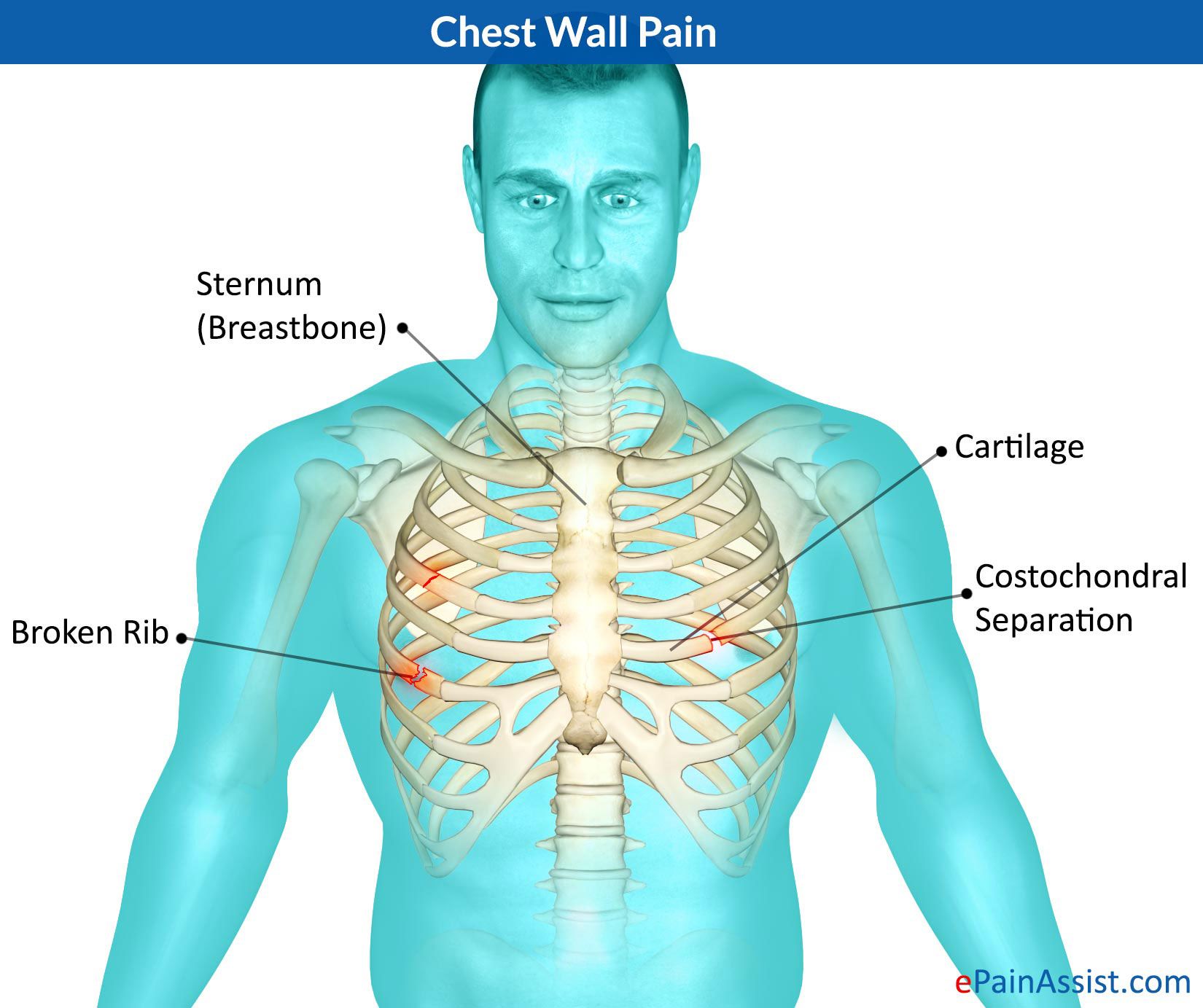
Costochondritis: A Leading Cause of Sternum Discomfort
Costochondritis is one of the most frequent reasons for experiencing sternum pain. This condition occurs when the cartilage connecting the ribs to the sternum becomes inflamed. But what exactly triggers costochondritis?
Potential causes of costochondritis include:
- Physical strain or overexertion
- Chest injuries
- Respiratory infections
- Arthritis
- Poor posture
Symptoms of costochondritis typically manifest as sharp, localized pain in the chest area, which may worsen with deep breathing, coughing, or physical activity. While uncomfortable, costochondritis is generally not a cause for serious concern and often resolves on its own with rest and over-the-counter pain medications.
Musculoskeletal Injuries and Their Impact on Sternum Pain
Injuries to the muscles, bones, and joints surrounding the sternum can lead to significant discomfort in the chest area. These injuries may result from various activities or accidents, including sports-related incidents, falls, or even vigorous coughing.

Sternoclavicular Joint Injury
The sternoclavicular joint connects the sternum to the collarbone. An injury to this joint can cause pain and limited mobility in the upper chest and shoulder area. Symptoms may include:
- Localized pain and swelling
- Clicking or popping sensations
- Reduced range of motion in the affected shoulder
Collarbone Trauma
Injuries to the collarbone (clavicle) can indirectly affect the sternum due to their close proximity. Fractures or dislocations of the collarbone may lead to:
- Visible deformity or bruising
- Pain when moving the arm
- Swelling and tenderness
Sternum Fracture
A direct, forceful impact to the chest can result in a sternum fracture. This serious injury often occurs in car accidents or contact sports. Symptoms of a sternum fracture include:
- Severe pain, especially when breathing or coughing
- Visible bruising or swelling
- Difficulty taking deep breaths
Proper diagnosis and treatment of musculoskeletal injuries are crucial for alleviating sternum pain and preventing long-term complications.
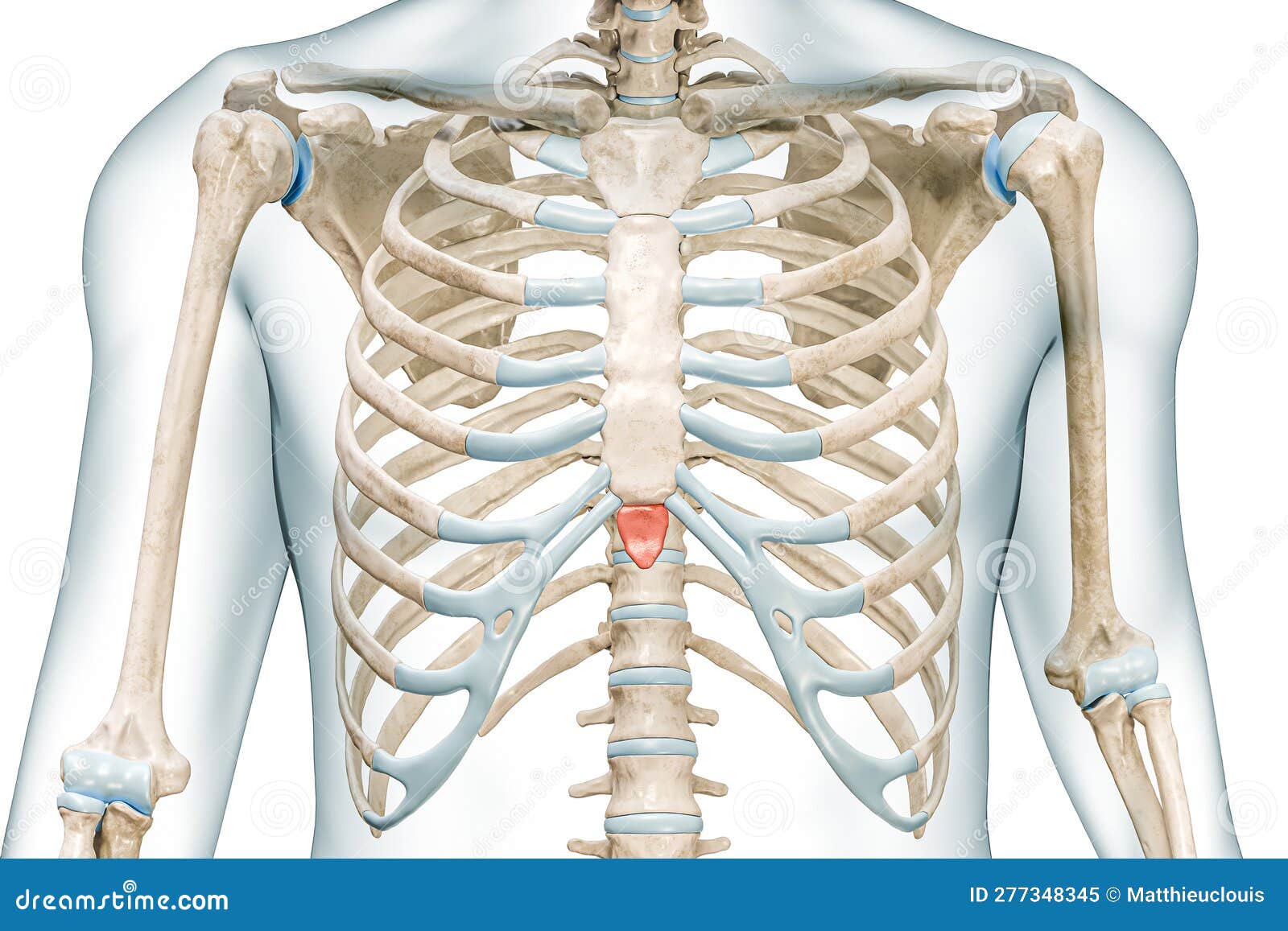
Gastrointestinal Issues: A Hidden Cause of Sternum Discomfort
Surprisingly, many cases of sternum pain are rooted in gastrointestinal problems rather than issues directly related to the chest area. The close proximity of digestive organs to the sternum can create referred pain, leading to discomfort in the chest region.
Acid Reflux and GERD
Acid reflux occurs when stomach acid flows back into the esophagus, causing a burning sensation in the chest. Gastroesophageal reflux disease (GERD) is a chronic form of acid reflux that can lead to persistent sternum pain. Symptoms often include:
- Burning sensation behind the breastbone
- Difficulty swallowing
- Regurgitation of food or sour liquid
- Chronic cough or hoarseness
Hiatal Hernia
A hiatal hernia occurs when a portion of the stomach pushes through the diaphragm into the chest cavity. This condition can cause symptoms similar to acid reflux, including:
- Chest pain or pressure
- Difficulty swallowing
- Frequent burping or belching
- Feeling overly full after meals
Identifying and addressing underlying gastrointestinal issues can significantly reduce sternum pain and improve overall quality of life.

Respiratory Conditions and Their Link to Sternum Pain
Various respiratory conditions can contribute to discomfort in the sternum area. These conditions often involve inflammation or infection of the lungs or surrounding tissues, leading to chest pain that may be mistaken for sternum-specific issues.
Pneumonia
Pneumonia, an infection that inflames the air sacs in the lungs, can cause chest pain that may be felt in the sternum area. Other symptoms of pneumonia include:
- Cough with phlegm or pus
- Fever and chills
- Difficulty breathing
- Fatigue and weakness
Pleurisy
Pleurisy occurs when the membranes that surround the lungs become inflamed. This condition can cause sharp chest pain that worsens with breathing or coughing. Symptoms of pleurisy may include:
- Sharp chest pain that worsens with deep breaths
- Shortness of breath
- Cough
- Fever in some cases
Proper diagnosis and treatment of respiratory conditions are essential for alleviating sternum pain and preventing potential complications.
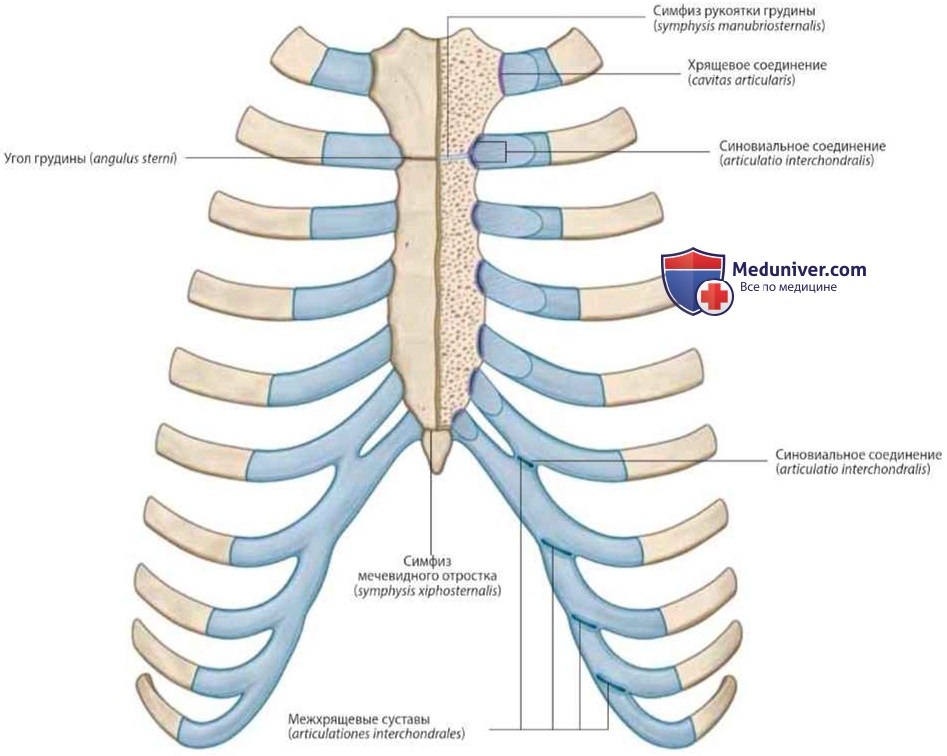
Cardiac Considerations: When Sternum Pain Signals Heart Trouble
While many cases of sternum pain are not heart-related, it’s crucial to be aware of the possibility, especially for individuals with risk factors for heart disease. Cardiac issues that may manifest as sternum pain include:
Angina
Angina occurs when the heart muscle doesn’t receive enough oxygen-rich blood. It can cause chest pain or discomfort that may be felt in the sternum area. Symptoms of angina include:
- Pressure or squeezing sensation in the chest
- Pain that may radiate to the arms, neck, or jaw
- Shortness of breath
- Nausea or fatigue
Myocardial Infarction (Heart Attack)
A heart attack occurs when blood flow to the heart is blocked, causing damage to the heart muscle. While classic symptoms often include left-sided chest pain, some individuals may experience central chest or sternum pain. Signs of a heart attack may include:
- Chest pain or pressure that may spread to the arms, jaw, or back
- Shortness of breath
- Nausea or vomiting
- Cold sweats
- Lightheadedness or fainting
It’s important to seek immediate medical attention if you suspect a heart attack or experience severe, unexplained chest pain, especially if accompanied by other concerning symptoms.
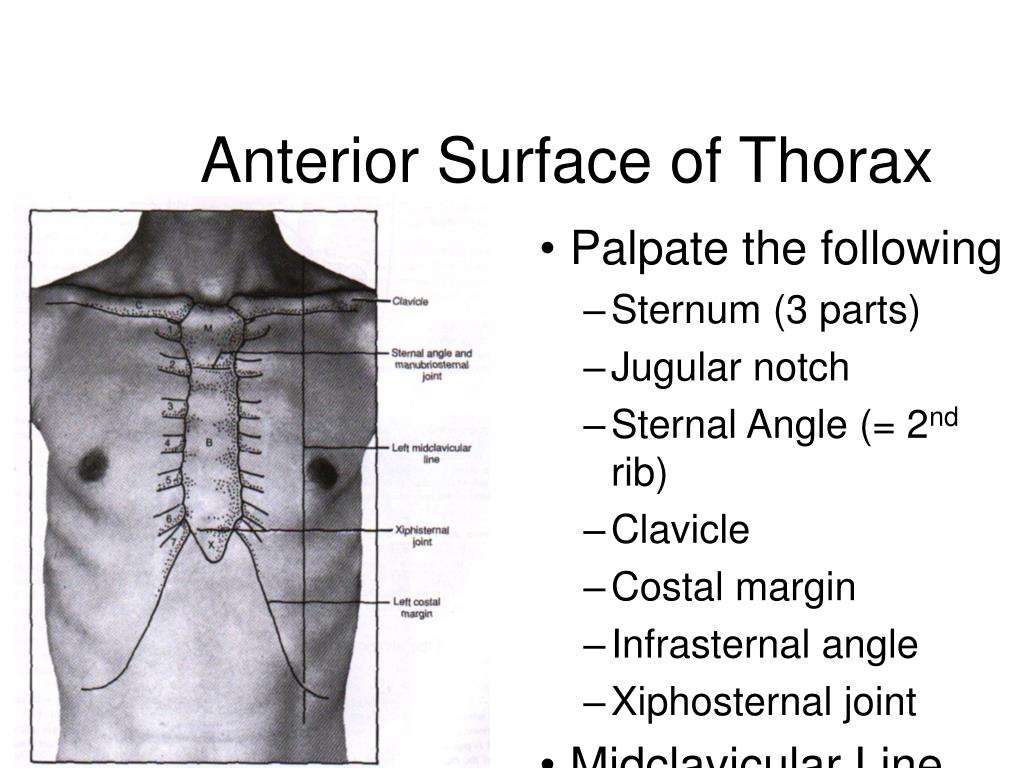
Diagnosing the Cause of Sternum Pain: Medical Approaches
When experiencing persistent or severe sternum pain, seeking medical evaluation is crucial for accurate diagnosis and appropriate treatment. Healthcare providers employ various diagnostic tools and techniques to identify the underlying cause of sternum pain.
Physical Examination
A thorough physical examination is often the first step in diagnosing sternum pain. During this assessment, the healthcare provider may:
- Palpate the chest area to identify points of tenderness
- Check for swelling or visible deformities
- Assess range of motion and pain with movement
- Listen to heart and lung sounds
Imaging Studies
Depending on the suspected cause, various imaging studies may be ordered to visualize the chest structures and identify any abnormalities. Common imaging techniques include:
- X-rays: To detect fractures, bone abnormalities, or lung issues
- CT scans: For more detailed images of soft tissues and bones
- MRI: To evaluate soft tissue injuries or inflammation
- Echocardiogram: To assess heart function and structure
Laboratory Tests
Blood tests and other laboratory studies may be conducted to rule out or confirm certain conditions. These may include:

- Complete blood count (CBC) to check for infection or inflammation
- Cardiac enzyme tests to detect heart muscle damage
- Erythrocyte sedimentation rate (ESR) to assess overall inflammation levels
By combining these diagnostic approaches, healthcare providers can accurately determine the cause of sternum pain and develop an appropriate treatment plan.
Treatment Options for Sternum Pain: From Home Remedies to Medical Interventions
The appropriate treatment for sternum pain depends on its underlying cause. While some cases may resolve with simple home remedies, others may require medical intervention. Here’s an overview of potential treatment options:
Home Remedies and Self-Care
For mild cases of sternum pain, particularly those related to muscle strain or minor inflammation, the following self-care measures may provide relief:
- Rest and avoiding activities that exacerbate the pain
- Applying ice or heat to the affected area
- Over-the-counter pain relievers such as ibuprofen or acetaminophen
- Gentle stretching exercises
- Improving posture and ergonomics
Medical Treatments
For more severe or persistent sternum pain, medical treatments may be necessary. These can include:
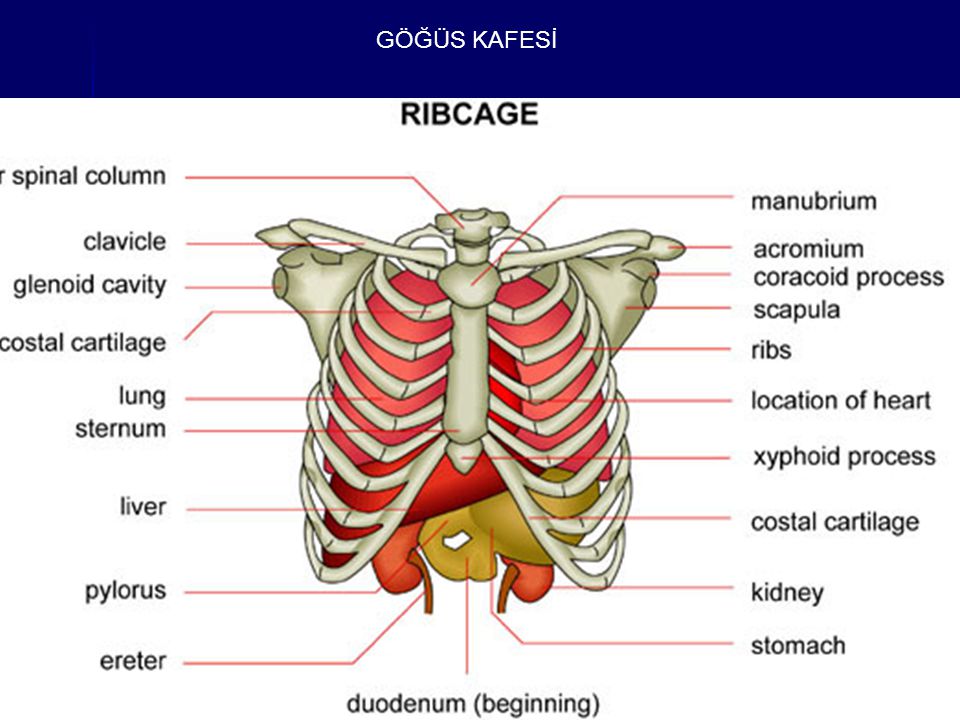
- Prescription pain medications or anti-inflammatory drugs
- Physical therapy to improve strength and flexibility
- Corticosteroid injections for severe inflammation
- Antibiotics for infections
- Antacids or proton pump inhibitors for acid reflux-related pain
Surgical Interventions
In rare cases, surgical intervention may be required to address the underlying cause of sternum pain. This might be necessary for:
- Severe fractures or dislocations
- Repair of hernias
- Treatment of certain cardiac conditions
It’s important to consult with a healthcare provider to determine the most appropriate treatment plan for your specific situation.
Preventing Sternum Pain: Lifestyle Modifications and Risk Reduction
While not all causes of sternum pain can be prevented, there are several steps you can take to reduce your risk and maintain overall chest health:
Exercise and Physical Activity
Regular exercise can help strengthen the muscles surrounding the sternum and improve overall chest health. Consider incorporating the following into your routine:
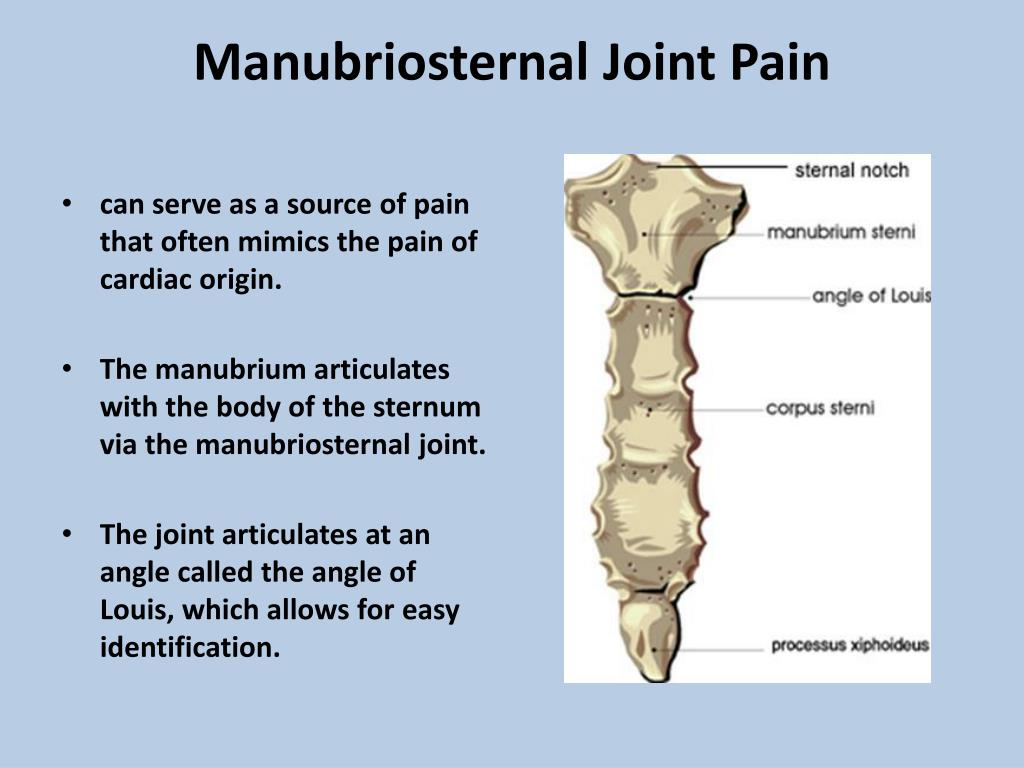
- Low-impact cardiovascular activities like walking or swimming
- Gentle stretching exercises for the chest and upper body
- Core-strengthening exercises to improve posture
Proper Posture and Ergonomics
Maintaining good posture can help reduce strain on the chest muscles and sternum. Try these tips:
- Sit up straight with your shoulders back
- Use ergonomic chairs and workstations
- Take regular breaks from prolonged sitting or standing
Dietary Considerations
For those prone to acid reflux or GERD, dietary modifications can help reduce sternum pain:
- Avoid trigger foods such as spicy or acidic items
- Eat smaller, more frequent meals
- Avoid lying down immediately after eating
Stress Management
Chronic stress can contribute to muscle tension and exacerbate sternum pain. Consider incorporating stress-reduction techniques such as:
- Meditation or mindfulness practices
- Deep breathing exercises
- Regular relaxation activities like yoga or tai chi
By implementing these preventive measures, you can reduce your risk of developing sternum pain and promote overall chest health.
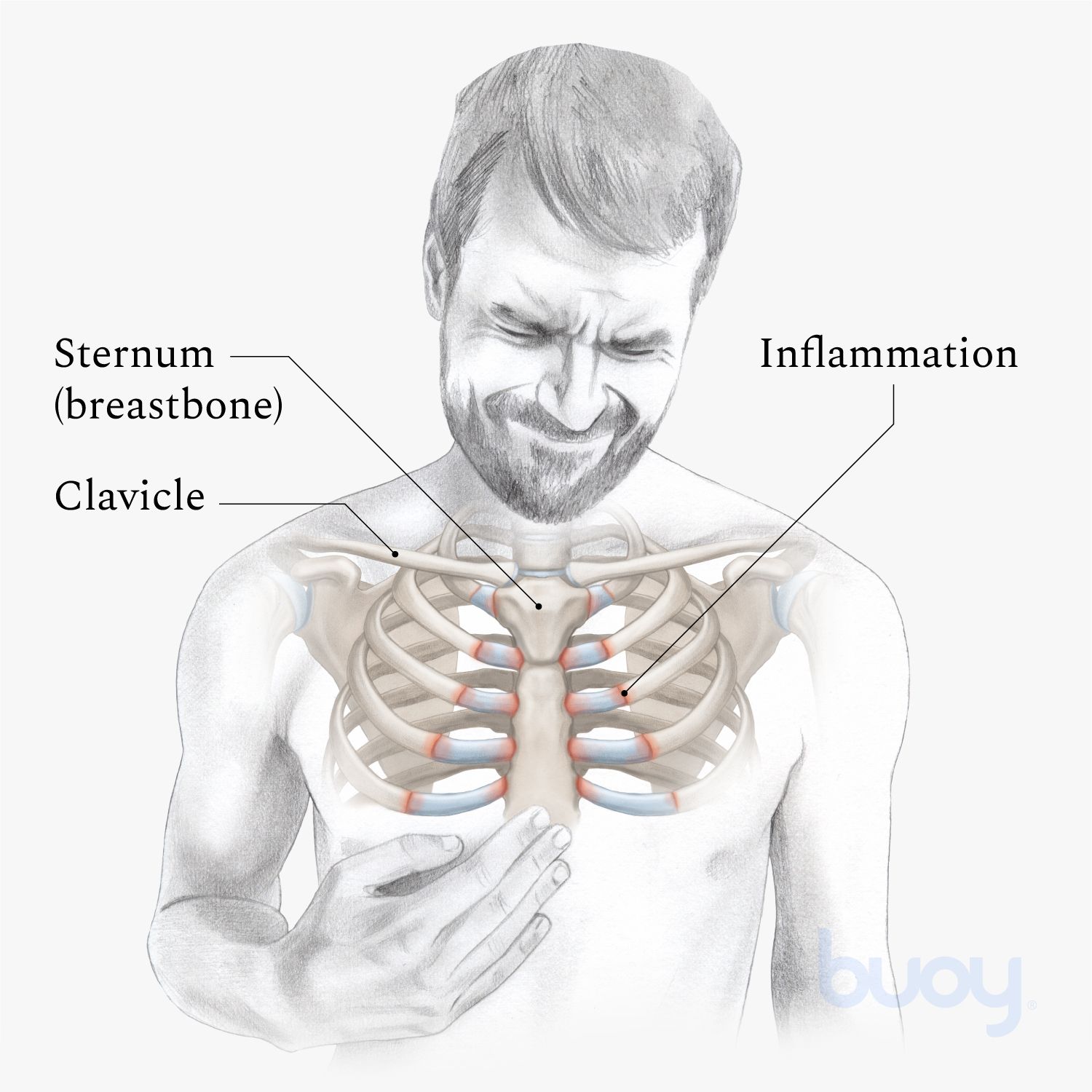
When to Seek Medical Attention for Sternum Pain
While many cases of sternum pain are benign and can be managed at home, certain situations warrant immediate medical attention. It’s crucial to recognize the signs that indicate a potentially serious condition.
Red Flags for Immediate Medical Care
Seek emergency medical attention if you experience any of the following symptoms along with sternum pain:
- Severe, crushing chest pain that radiates to the arms, jaw, or back
- Difficulty breathing or shortness of breath
- Sudden onset of severe pain
- Loss of consciousness or fainting
- Rapid or irregular heartbeat
- Coughing up blood
- Fever accompanied by chest pain
Persistent or Worsening Symptoms
Consider scheduling an appointment with your healthcare provider if you experience:
- Sternum pain that persists for more than a few days
- Pain that interferes with daily activities
- Recurring episodes of sternum pain
- Sternum pain accompanied by other unexplained symptoms
Remember, it’s always better to err on the side of caution when it comes to chest pain. Prompt medical evaluation can help rule out serious conditions and provide appropriate treatment for the underlying cause of your sternum pain.

Sternum Pain: What Is It?
Pain in your sternum, or breastbone, may be caused by a number of things, including inflammation, a joint or collarbone injury, and acid reflux. Pain in your sternum may also happen with a heart attack, but this is more likely if you’re over the age of 40 and have heart disease.
Your sternum, or breastbone, connects the two sides of your rib cage together. It sits in front of many major organs located in your chest and gut, including your heart, lungs, and stomach. As a result, many conditions that don’t necessarily have anything to do with your sternum may cause pain in your sternum and the surrounding area.
Your first reaction to chest pain, especially severe or consistent chest pain, may be to think it’s a heart attack. But in many cases, chest pain has nothing to do with your heart. This is especially true if you’re under age 40 and don’t have any serious health issues or existing conditions.
Sternum pain is actually more likely caused by conditions that have to do with your muscles, your bones, or your digestive tract than with your heart or the sternum itself.
Keep reading to learn the most common reasons for sternum pain and when you should see your doctor.
The most common cause of sternum pain is a condition called costochondritis. This occurs when the cartilage that connects your ribs to your sternum becomes inflamed.
Symptoms of costochondritis include:
- sharp pains or aches on the side of your sternum area
- pain or discomfort in one or more ribs
- pain or discomfort that gets worse when you cough or breathe in deeply
Costochondritis doesn’t always have a specific cause, but it’s most often a result of a chest injury, strain from physical activity, or joint conditions like osteoarthritis. Costochondritis isn’t a serious condition and shouldn’t cause you to be concerned.
See your doctor if the pain persists or if you have other symptoms that might indicate a more serious underlying condition.
Conditions or injuries to the muscles and bones around your sternum can also cause sternum pain.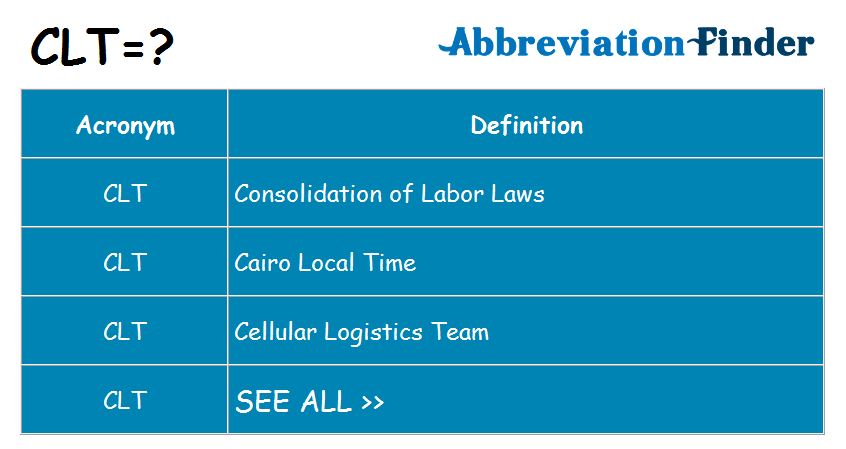
This includes:
- joint injury
- collarbone (clavicle) injury
- fractures
- hernias
- surgery on the sternum (such as open heart surgery)
These aren’t the only musculoskeletal conditions that may make your sternum hurt, but they’re among the most common.
Sternoclavicular joint injury
The sternoclavicular joint (SC joint) connects the top of your sternum with your collarbone (clavicle). Injury to this joint can cause pain and discomfort in your sternum and in the area in your upper chest where this joint exists.
Common symptoms of injury to this joint include:
- feeling mild pain or having aching and swelling around your upper chest and collarbone area
- hearing pops or clicks in the joint area
- feeling stiff around the joint or not being able to fully move your shoulder
Collarbone trauma
The collarbone is directly connected to your sternum, so injuries, dislocation, fractures, or other trauma to the collarbone can affect the sternum.
Common symptoms of collarbone trauma include:
- bruises or bumps around area of collarbone injury
- intense pain when you try to move your arm upwards
- swelling or tenderness around collarbone area
- pops, clicks, or grinding noises when you lift your arm
- abnormal frontward sagging of your shoulder
Sternum fracture
Fracturing your sternum can cause a lot of pain, because your sternum is involved in many of your upper body movements. This type of injury is often caused by blunt force injuries to your chest. Examples of this include your seat belt tightening in a car accident or your chest getting hit while you’re playing sports or doing other high-impact physical activity.
Common symptoms include:
- pain when you breathe in or cough
- difficulty breathing
- pops, clicks, or grinding noises when you move your arms
- swelling and tenderness over the sternum
Muscle strain or hernia
Pulling or straining a muscle in your chest can cause pain around your sternum.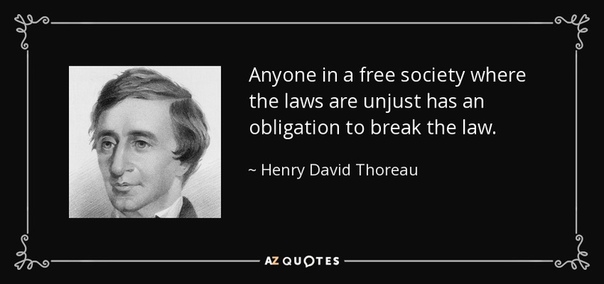
Common symptoms of a pulled muscle include:
- pain around the pulled muscle
- discomfort when using the affected muscle
- bruising or tenderness around the affected muscle
A hernia can also cause sternum pain. A hernia happens when an organ is pushed or pulled from the area where it normally sits into a nearby part of the body.
The most common kind is a hiatal hernia. This happens when your stomach moves up past your diaphragm into your chest cavity.
Common symptoms of a hiatal hernia include:
- frequent burping
- heartburn
- having trouble swallowing
- feeling like you ate too much
- throwing up blood
- having black-colored stool
Check out: Muscle strain treatment »
Your sternum sits right in front of several major digestive organs. Conditions that affect your esophagus, stomach, and intestines can all cause sternum pain. Having heartburn or acid reflux after a meal are the most common gastrointestinal causes for sternum pain.
Heartburn
Heartburn happens when acid from your stomach leaks into your esophagus and causes chest pain. It’s common to get right after you eat. Pain usually gets worse when you lie down or bend forward.
Heartburn usually goes away without treatment after a short time.
Check out: Post-meal tips to ease heartburn »
Acid reflux
Acid reflux is similar to heartburn, but happens when stomach acid or even what’s in your stomach starts to bother or wear away the lining of your esophagus. It can be part of a chronic condition called gastroesophageal reflux disease.
Symptoms of acid reflux include:
- burning in your chest
- abnormal bitter taste in your mouth
- difficulty swallowing
- coughing
- throat soreness or hoarseness
- feeling like you have a lump in your throat
Learn more: How to prevent acid reflux and heartburn »
Conditions that affect your lungs, windpipe (trachea), and other parts of your body that help you breathe can cause sternum pain.
Pleurisy
Pleurisy happens when your pleura gets inflamed. The pleura is made up of tissue within your chest cavity and around your lungs. In some cases, fluid can build up around this tissue. This is called pleural effusion.
Common symptoms include:
- sharp pain when you breathe in, sneeze, or cough
- feeling like you can’t get enough air
- an abnormal cough
- fever (in rare cases)
Bronchitis
Bronchitis happens when the bronchial tubes that bring air into your lungs become inflamed. It often happens when you get the flu or a cold.
Bronchitis pain can also make your sternum hurt as you breathe in and out. It can last only briefly (acute bronchitis) or become a long-term condition (chronic bronchitis) due to smoking or infections.
Common bronchitis symptoms include:
- persistent wet cough that causes you to spit up mucus
- wheezing
- difficulty breathing
- pain or discomfort in your chest
Flu or cold symptoms that can go along with bronchitis include:
- high fever
- exhaustion
- runny nose
- diarrhea
- vomiting
Check out: 7 home remedies for bronchitis »
Pneumonia
Pneumonia happens when your lungs get infected by a virus or bacteria.
Common symptoms of pneumonia include:
- difficulty breathing
- high fever
- persistent cough
Other conditions that affect your gastrointestinal tract or your chest muscles can cause sternum pain.
Stomach ulcer
A stomach ulcer (peptic ulcer) happens when you get a sore on the lining of your stomach or at the bottom of your esophagus.
Symptoms of a stomach ulcer include:
- stomach pain, especially on an empty stomach, that responds to antacids
- feeling bloated
- nausea
- lack of appetite
Panic attack
A panic attack happens when you suddenly feel fear, as if something dangerous or threatening is happening, with no actual reason to be afraid. It’s often a result of stress or a symptom of mental health conditions, such as generalized anxiety disorder or depression.
Symptoms of a panic attack include:
- feeling like something bad is about to happen
- feeling dizzy or lightheaded
- having trouble breathing or swallowing
- sweating
- feeling alternately hot and cold
- stomach cramps
- chest pain
Check out: 11 ways to stop a panic attack »
Sternum pain can sometimes be the result of a heart attack. This is much less likely if you’re under age 40 or are in overall good health. They’re more likely to happen if you’re over 40 and have an existing condition, such as heart disease.
This is much less likely if you’re under age 40 or are in overall good health. They’re more likely to happen if you’re over 40 and have an existing condition, such as heart disease.
A heart attack is life-threatening. You should go to the emergency room right away if you have any symptoms besides sternum pain that may indicate a heart attack, especially if they appear without any obvious cause or if you’ve had a heart attack before.
Symptoms of a heart attack include:
- chest pain in the middle or left side of your chest
- pain or discomfort in your upper body, including your arms, shoulder, and jaw
- feeling dizzy or lightheaded
- having trouble breathing
- sweating
- nausea
The more of these symptoms you have, the more likely that you’re having a heart attack.
See your doctor right away if you have heart attack symptoms or symptoms that cause you sharp, consistent pain that gets in the way of your daily life.
You should also see your doctor if you have any of the following symptoms:
- sternum and general chest pain that has no obvious cause
- sweating, dizziness, or nausea with no specific cause
- trouble breathing
- pain that spreads from your chest throughout your upper body
- chest tightness
If you’re experiencing other symptoms and they last for more than a few days, talk to your doctor.
You can find a primary care doctor near you through the Healthline FindCare tool.
Your next steps depend on what condition might be causing your sternum pain and how severe the condition is.
You may just need to take over-the-counter pain medication or change your diet. But you may need long-term treatment if the underlying condition is more serious. In some cases, you may need surgery to treat a heart or gastrointestinal condition.
Once your doctor diagnoses the cause, they can develop a treatment plan that can help relieve the symptoms and causes of your sternum pain.
Sternum Pain: What Is It?
Pain in your sternum, or breastbone, may be caused by a number of things, including inflammation, a joint or collarbone injury, and acid reflux. Pain in your sternum may also happen with a heart attack, but this is more likely if you’re over the age of 40 and have heart disease.
Your sternum, or breastbone, connects the two sides of your rib cage together. It sits in front of many major organs located in your chest and gut, including your heart, lungs, and stomach. As a result, many conditions that don’t necessarily have anything to do with your sternum may cause pain in your sternum and the surrounding area.
It sits in front of many major organs located in your chest and gut, including your heart, lungs, and stomach. As a result, many conditions that don’t necessarily have anything to do with your sternum may cause pain in your sternum and the surrounding area.
Your first reaction to chest pain, especially severe or consistent chest pain, may be to think it’s a heart attack. But in many cases, chest pain has nothing to do with your heart. This is especially true if you’re under age 40 and don’t have any serious health issues or existing conditions.
Sternum pain is actually more likely caused by conditions that have to do with your muscles, your bones, or your digestive tract than with your heart or the sternum itself.
Keep reading to learn the most common reasons for sternum pain and when you should see your doctor.
The most common cause of sternum pain is a condition called costochondritis. This occurs when the cartilage that connects your ribs to your sternum becomes inflamed.
Symptoms of costochondritis include:
- sharp pains or aches on the side of your sternum area
- pain or discomfort in one or more ribs
- pain or discomfort that gets worse when you cough or breathe in deeply
Costochondritis doesn’t always have a specific cause, but it’s most often a result of a chest injury, strain from physical activity, or joint conditions like osteoarthritis. Costochondritis isn’t a serious condition and shouldn’t cause you to be concerned.
See your doctor if the pain persists or if you have other symptoms that might indicate a more serious underlying condition.
Conditions or injuries to the muscles and bones around your sternum can also cause sternum pain.
This includes:
- joint injury
- collarbone (clavicle) injury
- fractures
- hernias
- surgery on the sternum (such as open heart surgery)
These aren’t the only musculoskeletal conditions that may make your sternum hurt, but they’re among the most common.
Sternoclavicular joint injury
The sternoclavicular joint (SC joint) connects the top of your sternum with your collarbone (clavicle). Injury to this joint can cause pain and discomfort in your sternum and in the area in your upper chest where this joint exists.
Common symptoms of injury to this joint include:
- feeling mild pain or having aching and swelling around your upper chest and collarbone area
- hearing pops or clicks in the joint area
- feeling stiff around the joint or not being able to fully move your shoulder
Collarbone trauma
The collarbone is directly connected to your sternum, so injuries, dislocation, fractures, or other trauma to the collarbone can affect the sternum.
Common symptoms of collarbone trauma include:
- bruises or bumps around area of collarbone injury
- intense pain when you try to move your arm upwards
- swelling or tenderness around collarbone area
- pops, clicks, or grinding noises when you lift your arm
- abnormal frontward sagging of your shoulder
Sternum fracture
Fracturing your sternum can cause a lot of pain, because your sternum is involved in many of your upper body movements. This type of injury is often caused by blunt force injuries to your chest. Examples of this include your seat belt tightening in a car accident or your chest getting hit while you’re playing sports or doing other high-impact physical activity.
This type of injury is often caused by blunt force injuries to your chest. Examples of this include your seat belt tightening in a car accident or your chest getting hit while you’re playing sports or doing other high-impact physical activity.
Common symptoms include:
- pain when you breathe in or cough
- difficulty breathing
- pops, clicks, or grinding noises when you move your arms
- swelling and tenderness over the sternum
Muscle strain or hernia
Pulling or straining a muscle in your chest can cause pain around your sternum.
Common symptoms of a pulled muscle include:
- pain around the pulled muscle
- discomfort when using the affected muscle
- bruising or tenderness around the affected muscle
A hernia can also cause sternum pain. A hernia happens when an organ is pushed or pulled from the area where it normally sits into a nearby part of the body.
The most common kind is a hiatal hernia./cdn.vox-cdn.com/uploads/chorus_asset/file/10732403/WumKAm3.jpg) This happens when your stomach moves up past your diaphragm into your chest cavity.
This happens when your stomach moves up past your diaphragm into your chest cavity.
Common symptoms of a hiatal hernia include:
- frequent burping
- heartburn
- having trouble swallowing
- feeling like you ate too much
- throwing up blood
- having black-colored stool
Check out: Muscle strain treatment »
Your sternum sits right in front of several major digestive organs. Conditions that affect your esophagus, stomach, and intestines can all cause sternum pain. Having heartburn or acid reflux after a meal are the most common gastrointestinal causes for sternum pain.
Heartburn
Heartburn happens when acid from your stomach leaks into your esophagus and causes chest pain. It’s common to get right after you eat. Pain usually gets worse when you lie down or bend forward.
Heartburn usually goes away without treatment after a short time.
Check out: Post-meal tips to ease heartburn »
Acid reflux
Acid reflux is similar to heartburn, but happens when stomach acid or even what’s in your stomach starts to bother or wear away the lining of your esophagus.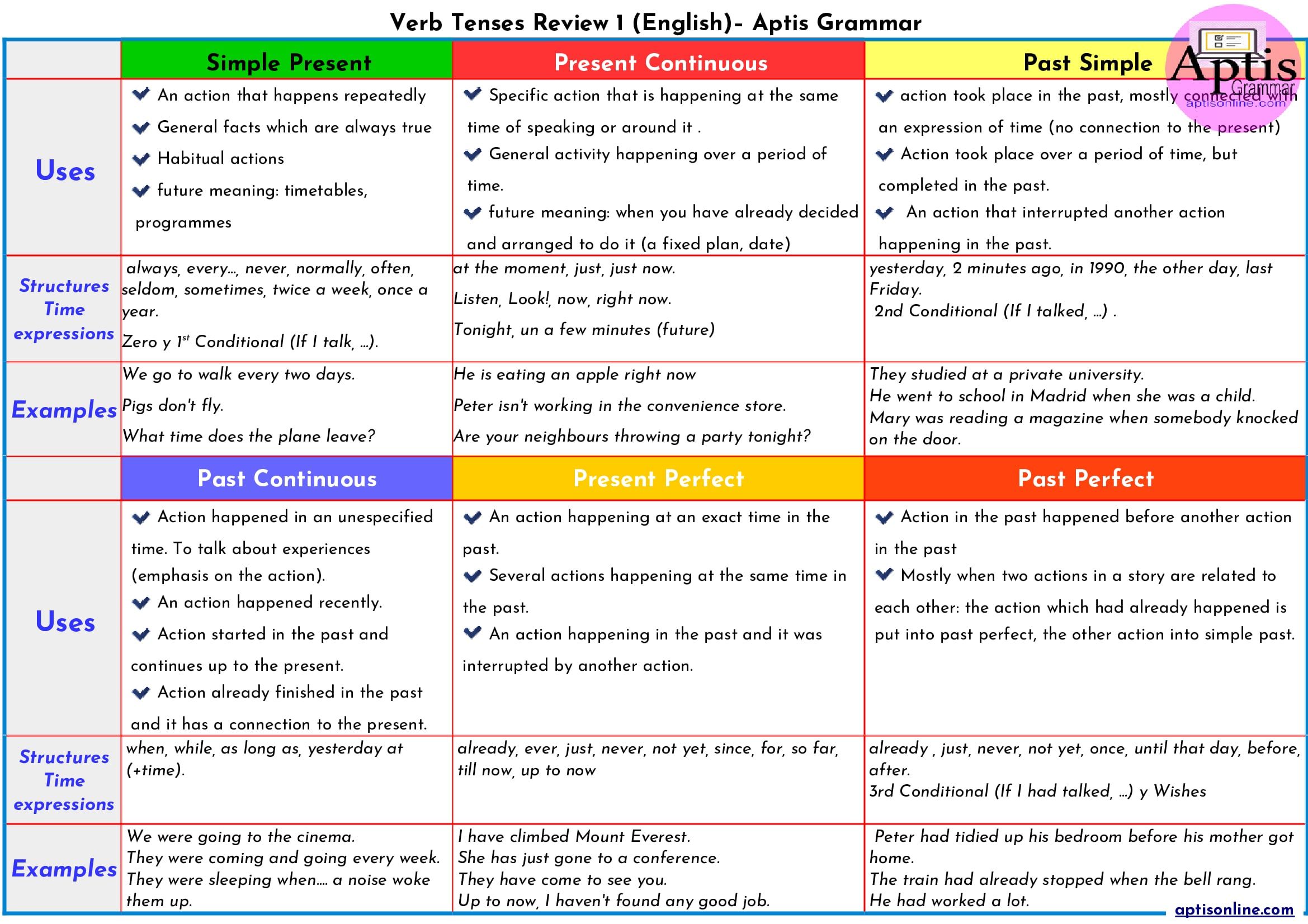 It can be part of a chronic condition called gastroesophageal reflux disease.
It can be part of a chronic condition called gastroesophageal reflux disease.
Symptoms of acid reflux include:
- burning in your chest
- abnormal bitter taste in your mouth
- difficulty swallowing
- coughing
- throat soreness or hoarseness
- feeling like you have a lump in your throat
Learn more: How to prevent acid reflux and heartburn »
Conditions that affect your lungs, windpipe (trachea), and other parts of your body that help you breathe can cause sternum pain.
Pleurisy
Pleurisy happens when your pleura gets inflamed. The pleura is made up of tissue within your chest cavity and around your lungs. In some cases, fluid can build up around this tissue. This is called pleural effusion.
Common symptoms include:
- sharp pain when you breathe in, sneeze, or cough
- feeling like you can’t get enough air
- an abnormal cough
- fever (in rare cases)
Bronchitis
Bronchitis happens when the bronchial tubes that bring air into your lungs become inflamed. It often happens when you get the flu or a cold.
It often happens when you get the flu or a cold.
Bronchitis pain can also make your sternum hurt as you breathe in and out. It can last only briefly (acute bronchitis) or become a long-term condition (chronic bronchitis) due to smoking or infections.
Common bronchitis symptoms include:
- persistent wet cough that causes you to spit up mucus
- wheezing
- difficulty breathing
- pain or discomfort in your chest
Flu or cold symptoms that can go along with bronchitis include:
- high fever
- exhaustion
- runny nose
- diarrhea
- vomiting
Check out: 7 home remedies for bronchitis »
Pneumonia
Pneumonia happens when your lungs get infected by a virus or bacteria.
Common symptoms of pneumonia include:
- difficulty breathing
- high fever
- persistent cough
Other conditions that affect your gastrointestinal tract or your chest muscles can cause sternum pain.
Stomach ulcer
A stomach ulcer (peptic ulcer) happens when you get a sore on the lining of your stomach or at the bottom of your esophagus.
Symptoms of a stomach ulcer include:
- stomach pain, especially on an empty stomach, that responds to antacids
- feeling bloated
- nausea
- lack of appetite
Panic attack
A panic attack happens when you suddenly feel fear, as if something dangerous or threatening is happening, with no actual reason to be afraid. It’s often a result of stress or a symptom of mental health conditions, such as generalized anxiety disorder or depression.
Symptoms of a panic attack include:
- feeling like something bad is about to happen
- feeling dizzy or lightheaded
- having trouble breathing or swallowing
- sweating
- feeling alternately hot and cold
- stomach cramps
- chest pain
Check out: 11 ways to stop a panic attack »
Sternum pain can sometimes be the result of a heart attack. This is much less likely if you’re under age 40 or are in overall good health. They’re more likely to happen if you’re over 40 and have an existing condition, such as heart disease.
This is much less likely if you’re under age 40 or are in overall good health. They’re more likely to happen if you’re over 40 and have an existing condition, such as heart disease.
A heart attack is life-threatening. You should go to the emergency room right away if you have any symptoms besides sternum pain that may indicate a heart attack, especially if they appear without any obvious cause or if you’ve had a heart attack before.
Symptoms of a heart attack include:
- chest pain in the middle or left side of your chest
- pain or discomfort in your upper body, including your arms, shoulder, and jaw
- feeling dizzy or lightheaded
- having trouble breathing
- sweating
- nausea
The more of these symptoms you have, the more likely that you’re having a heart attack.
See your doctor right away if you have heart attack symptoms or symptoms that cause you sharp, consistent pain that gets in the way of your daily life.
You should also see your doctor if you have any of the following symptoms:
- sternum and general chest pain that has no obvious cause
- sweating, dizziness, or nausea with no specific cause
- trouble breathing
- pain that spreads from your chest throughout your upper body
- chest tightness
If you’re experiencing other symptoms and they last for more than a few days, talk to your doctor.
You can find a primary care doctor near you through the Healthline FindCare tool.
Your next steps depend on what condition might be causing your sternum pain and how severe the condition is.
You may just need to take over-the-counter pain medication or change your diet. But you may need long-term treatment if the underlying condition is more serious. In some cases, you may need surgery to treat a heart or gastrointestinal condition.
Once your doctor diagnoses the cause, they can develop a treatment plan that can help relieve the symptoms and causes of your sternum pain.
Chest pain: causes and treatment
Oncologist
Zhukov
Elena Nikolaevna
Experience 11 years
Oncologist, member of the Russian Society of Mammologists, member of RUSSCO (Professional Society of Oncologists-Chemotherapists), member of the European Oncological Society ESMO
Make an appointment
When a woman has chest pains, it is almost impossible to miss this phenomenon. Sharp, sharp or pulling pains can resemble a burning sensation or many tiny pricks. There can be a lot of reasons that provoked the appearance of such a symptom. Many of them are not at all as harmless as they might seem, so you should not ignore the increased soreness of the chest, but seek qualified medical help.
Sharp, sharp or pulling pains can resemble a burning sensation or many tiny pricks. There can be a lot of reasons that provoked the appearance of such a symptom. Many of them are not at all as harmless as they might seem, so you should not ignore the increased soreness of the chest, but seek qualified medical help.
Causes of breast pain in women
Hormonal changes
Hormonal surges are one of the most common causes, regardless of whether the chest hurts a little or a lot.
As a rule, they do not pose a threat, as they report changes in the phases of the menstrual cycle. So, from about 13 to 17 days of the cycle, chest pain may increase with approaching ovulation. It also often hurts the chest before menstruation. This is due to the fact that due to hormonal changes, the mammary glands begin to retain more fluid, the breasts slightly increase and begin to ache.
However, if you have a feeling that was not characteristic before, it is better to play it safe and consult a doctor.
Period delay
With a stable monthly cycle and the absence of external factors that can provoke a delay in critical days (strong stress, lack of nutrition and sleep), the chest often hurts with the onset of pregnancy.
To confirm or refute the suspicion, it is recommended to do a pregnancy test or perform an ultrasound scan.
Taking hormonal drugs
Often, oral contraceptives on a hormonal basis sin with this.
Convincing the brain that the level of progesterone is at a consistently high level, when in fact it was not included in the work, contraceptives make the female body feel all the indicators of the cycle conceived by nature: ovulation and pregnancy.
Despite their high reliability, contraceptives have a great impact on the hormonal system of a woman, and therefore you cannot prescribe them yourself. A competent gynecologist will quickly select the drug that is most suitable for a particular patient.:max_bytes(150000):strip_icc()/why-boobs-hurt-eeb2eb1060194d348638f044707d2e8e.jpg)
Breastfeeding
Women often experience chest pain while breastfeeding. This may mean that the baby does not eat all the milk produced by the mother’s body, and it remains in the ducts. In order to prevent stagnation of milk and the formation of an inflammatory process, you should express it yourself.
Another reason may be the wrong grip of the nipple by the baby, the situation will be helped by the nurses of the maternity hospital or the obstetrician-gynecologist.
Menopause
Often, a woman’s chest hurts during her entry into menopause, which is accompanied by a large-scale hormonal restructuring of the body.
The symptom occurs due to the growth of fat cells at that time, as well as the exacerbation of other diseases, one of the signs of which is that the chest is very sore.
Chest injury
If the lower chest or upper chest hurts, the right or left chest hurts, and in general the chest experiences at least some pain after a blow or bruise, it is recommended to contact a specialist – a traumatologist, mammologist or oncologist – so that he excludes the possibility of serious consequences.
Breast diseases
If the chest suddenly began to hurt, and pregnancy, menopause and other common causes are excluded, then most likely one of the diseases occurs, and you should urgently see a gynecologist or oncologist.
- Mastopathy – proliferation of glandular tissue. It is accompanied by seals in the chest area and is treated medically or surgically.
- A cyst is a neoplasm with fluid inside it. Require careful examination by a mammologist, oncologist, gynecologist or surgeon to determine the risks of rupture and prescribe treatment.
- A benign tumor is an overgrowth of tissues, as a result of which the chest hurts, it pulls. Often treated with surgery.
- Mastitis is an inflammation associated with disorders in the process of breastfeeding or hormones.
- Breast cancer is a malignant tumor that requires inclusion in the examination of an oncologist.
Chest pain treatment
It is extremely important to immediately go to a specialist when the first chest pains appear. If the symptom is provoked by any disease, such efficiency will not allow its intensive development.
If the symptom is provoked by any disease, such efficiency will not allow its intensive development.
It is equally important to find a truly competent specialist who works with proven and reliable diagnostic equipment. It is on the accuracy of the testimony of the latter that it largely depends on how accurate the diagnosis will be made and, therefore, the optimal course of treatment is selected.
A large staff of high-class therapists, gynecologists, oncologists, surgeons and ultrasound diagnostics specialists has been assembled at JSC “Medicine” (clinic of academician Roitberg). Conveniently located in the center of Moscow, the building of the medical center has many comfortable access roads, in particular, it is notable for the close location of the Tverskaya, Chekhovskaya, Novoslobodskaya, Belorusskaya and Mayakovskaya metro stations.
Reception of specialists is carried out by appointment. To get a consultation, just call the round-the-clock phone +7 (495) 775-73-60 or leave an appointment request in the form of a return appointment on the main page of the clinic website https://www. medicina.ru.
medicina.ru.
Why does the chest hurt if it is not cancer, and what to do with chest pain
Most of us associate any pain in the chest with a possible oncological disease. Statistics show that about 70% of women experience chest pain from time to time, but only 15% of cases require serious treatment. This does not mean that you do not need to see a doctor, but it is definitely not worth suspecting the worst thing when going to a mammologist.
Tags:
Women’s breasts
breast cancer
Pain
Unpleasant sensations in the chest can be different. One mammary gland or both can hurt, the attack is sharp, aching or barely perceptible. The malaise may be the only symptom that causes discomfort, or it may appear along with fever, redness, or other signs. We will tell you why women sometimes have chest pains and what consequences this can lead to.
Do not self-medicate! In our articles, we collect the latest scientific data and the opinions of authoritative health experts. But remember: only a doctor can diagnose and prescribe treatment.
But remember: only a doctor can diagnose and prescribe treatment.
Why can my chest hurt?
More than half of women experience occasional breast discomfort that causes anxiety. In medicine, this symptom is called mastalgia, and it is based on various reasons. If you understand why sometimes the chest hurts a lot, it is easier to exclude the possibility of a disease.
Hormonal changes
Statistics say that many women have breast pain before or during their period, but they do not know why. Periodic or constant cyclic pains (mastodynia) are associated with menstruation, and we, if the sensations are tolerable, simply get used to them.
Similarly, for some reason, the chest hurts during pregnancy and during menopause. The mammary glands can swell, become very sensitive and hurt. From the point of view of specialists, such a change is usually not associated with any pathology, but is a consequence of hormonal changes occurring in the body.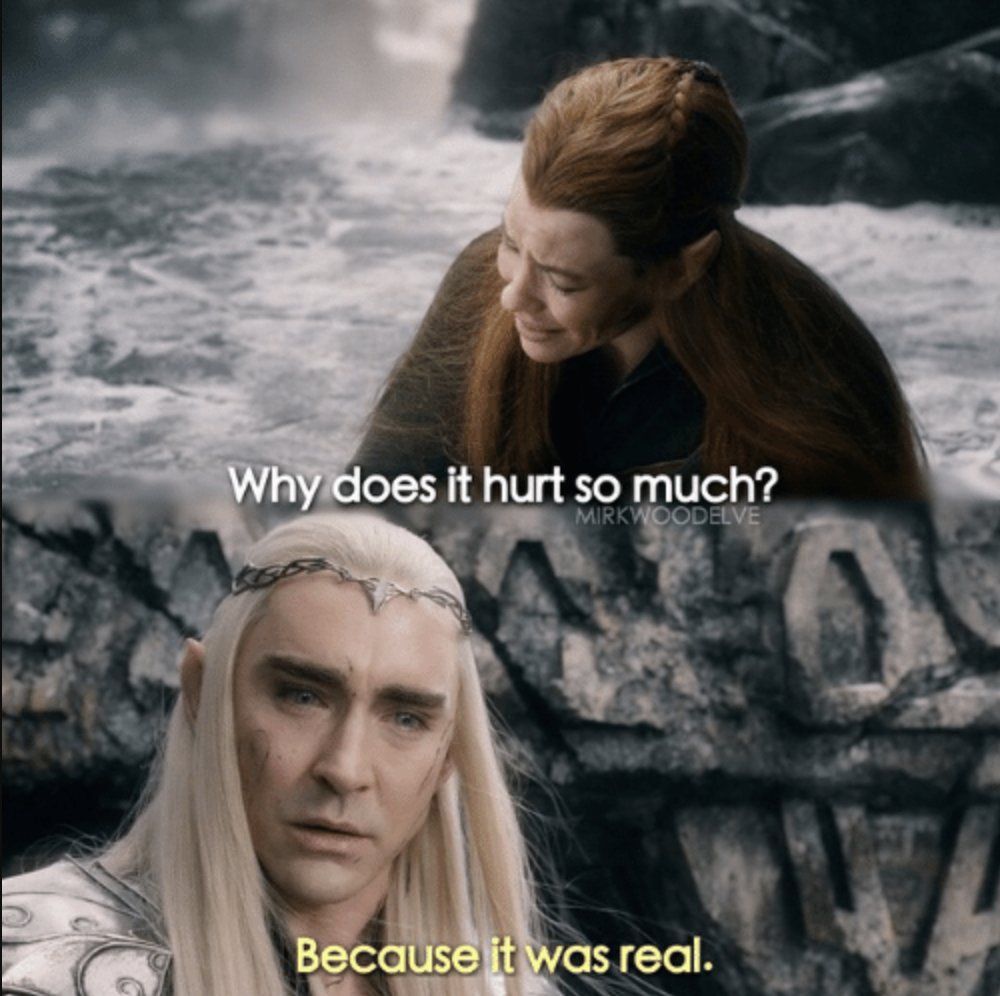 So, for example, up to 75% of cases of chest pain are associated precisely with menstruation and changes in the concentration of hormones that occur during it.
So, for example, up to 75% of cases of chest pain are associated precisely with menstruation and changes in the concentration of hormones that occur during it.
ADVERTISING – CONTINUED BELOW
Lactation also often causes pain. Nursing mothers note that they felt unpleasant symptoms, and then the chest suddenly for some reason stopped hurting. It was a reaction to the release of the hormone oxytocin. The muscle fibers of the milky passages were strongly contracted, milk was added, and a compressive or stabbing pain appeared.
In most cases, treatment during the period of hormonal changes is not required. It is enough to know why the chest hurts before, during or after menstruation. However, it is definitely worth observing your condition; if the nature of pain sensations changes, you definitely need to go to the doctor.
Cysts
In some cases, women report that for some reason they only have pain in their right or left breasts. Cysts can form in the mammary gland – cavities filled with fluid. These are benign formations that have a different size and shape – round, oval, irregular. Most often, breast cysts occur in women between the ages of 35 and 50, especially in those who are already entering menopause and not taking hormone replacement therapy.
These are benign formations that have a different size and shape – round, oval, irregular. Most often, breast cysts occur in women between the ages of 35 and 50, especially in those who are already entering menopause and not taking hormone replacement therapy.
There may be several or even many of them, they develop in one or both mammary glands at once. And women are not even aware of their existence and wonder why their chest hurts. It is very difficult to detect them with the help of self-examination. The cyst is groped when it becomes large enough. But more often, such formations turn out to be an unexpected finding on ultrasound.
In most cases, a cyst is not dangerous, but in very rare cases it can turn into a cancerous tumor. The mammologist should decide on the tactics of observation or removal of the cyst. Therefore, the doctor should ask questions why the chest suddenly began to hurt, although menstruation is not yet expected on the horizon.
Fibrotic changes
At the appointment, the patient may ask why her chest is swollen and sore, and at the same time it has ceased to be homogeneous to the touch. Pain in the mammary gland, as a rule, aching, pulling. Painful seals of various sizes may appear inside. This is due to the fact that, for various reasons, breast tissue is partially replaced by connective tissue, the structure of which is different. Such changes often occur in women between the ages of 30 and 50. But they are neither cancer precursors nor cancer-causing changes.
Pain in the mammary gland, as a rule, aching, pulling. Painful seals of various sizes may appear inside. This is due to the fact that, for various reasons, breast tissue is partially replaced by connective tissue, the structure of which is different. Such changes often occur in women between the ages of 30 and 50. But they are neither cancer precursors nor cancer-causing changes.
A popular recommendation for fibrous mastitis, as doctors call it, is to cut down on caffeine and use evening primrose oil. Once the causes of chest pain are identified, they can of course be used. But scientific data confirming the effectiveness of these funds is clearly not enough.
Fibroadenoma
Fibroadenomas in breast tissues are quite common. These are benign tumors that almost never turn into cancer. But they serve as an answer to the question why the chest hurts in a girl under the age of 18. The fact is that fibroadenomas occur more often in young women than in mature women.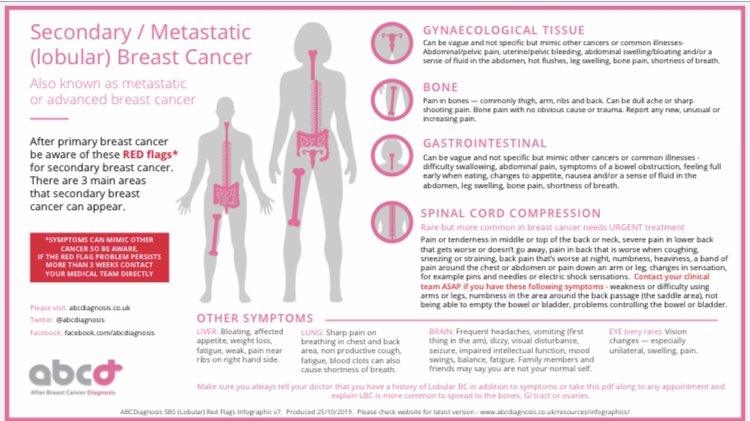 In children and adolescents, they rank second in terms of the frequency of detected tumors.
In children and adolescents, they rank second in terms of the frequency of detected tumors.
The doctor may suggest keeping the fibroadenomas and monitoring them, but surgery is also a possibility. Surgical removal with general anesthesia is usually performed when the lesions become quite large.
Medications
Certain medications can cause breast pain. For example, antidepressants and other drugs for the treatment of mental disorders, hormonal drugs (birth control pills), drugs prescribed to support heart and vascular health.
Mastitis
When a woman has prolonged stasis of milk in the ducts, it is no wonder why her breasts hurt for a week. Most likely, the mother developed mastitis – inflammation of the mammary gland. It can be lactational, that is, associated with breastfeeding, as well as non-lactational, which has arisen for other reasons.
With mastitis, an infection enters the body – through wounds or cracks on the nipple formed during feeding the child, or skin damage that has appeared due to sports, wearing underwear, and so on.
Pain during mastitis is very strong, shooting, and along with pain, weakness develops, the temperature rises, the mammary gland itself turns red and becomes hot. It is also the answer to the problem of why nipples hurt badly on the chest. Inflammation completely fetters one or both mammary glands. The appearance of mastitis is a reason for a quick visit to the doctor. While the inflammatory process has not yet gone too far, you can get by with a course of antibiotics. In more advanced cases, surgery is likely.
Wrong bra
The wrong bra can also cause serious discomfort and explain why the underbust area hurts. The cups of a too tight bra sometimes dig in and press hard, rubbing the delicate skin. If the bra is too loose and the chest is heavy, then it can also hurt – due to the lack of necessary support.
You can solve this problem by choosing and adjusting the bra that suits you.
What to do if your chest hurts
When the causes of pain in the mammary glands are clear, you should move on to solving the problem. Here is a list of the most standard and universal recommendations for discomfort:
Here is a list of the most standard and universal recommendations for discomfort:
- regularly visit a mammologist so as not to miss something really important;
- watch your weight – extra pounds can make an already large breast heavier;
- cut down on caffeine and chocolate;
- take B vitamins and vitamin E;
- express properly without allowing milk to stagnate when breastfeeding;
- Eat properly and in a balanced way.
How to relieve chest pain
If you know why your chest hurts, it is important to get the factors that contribute to this condition under control. First of all, when unpleasant sensations arise, you need to ensure peace for yourself, wait a little with physical activity. During the period of hormonal surges, one should rest more, normalize sleep, give up alcohol and smoking, be outdoors, walk.
To avoid soreness in the chest, wear comfortable underwear made from natural fabrics.
